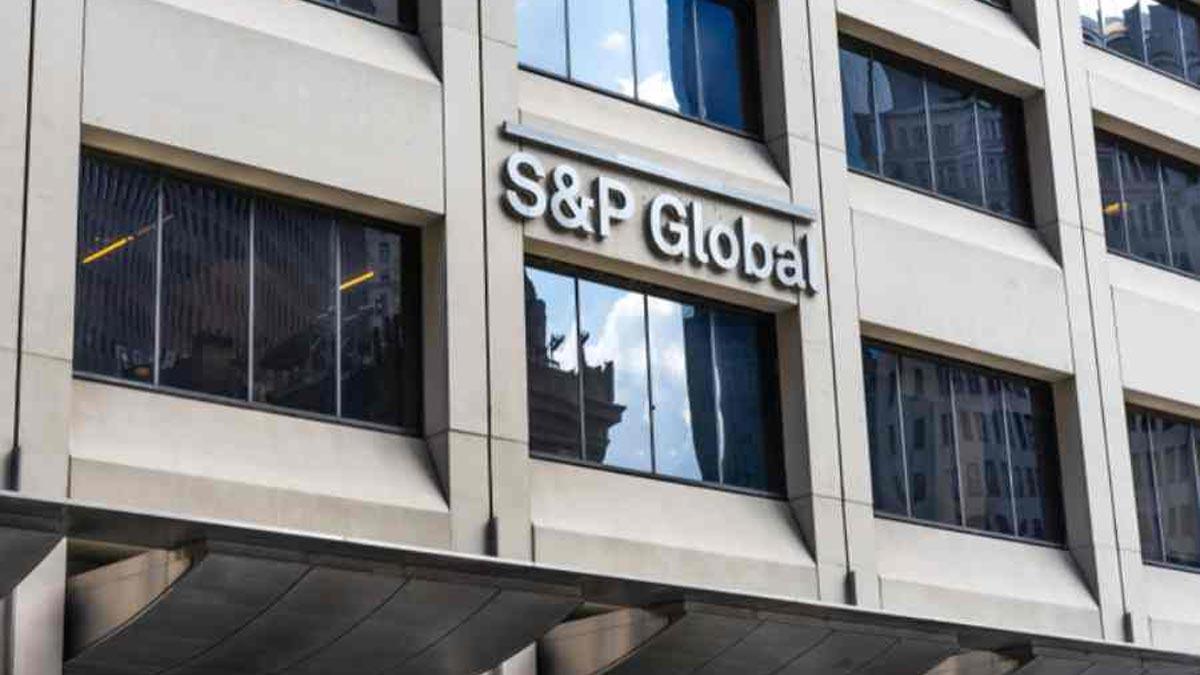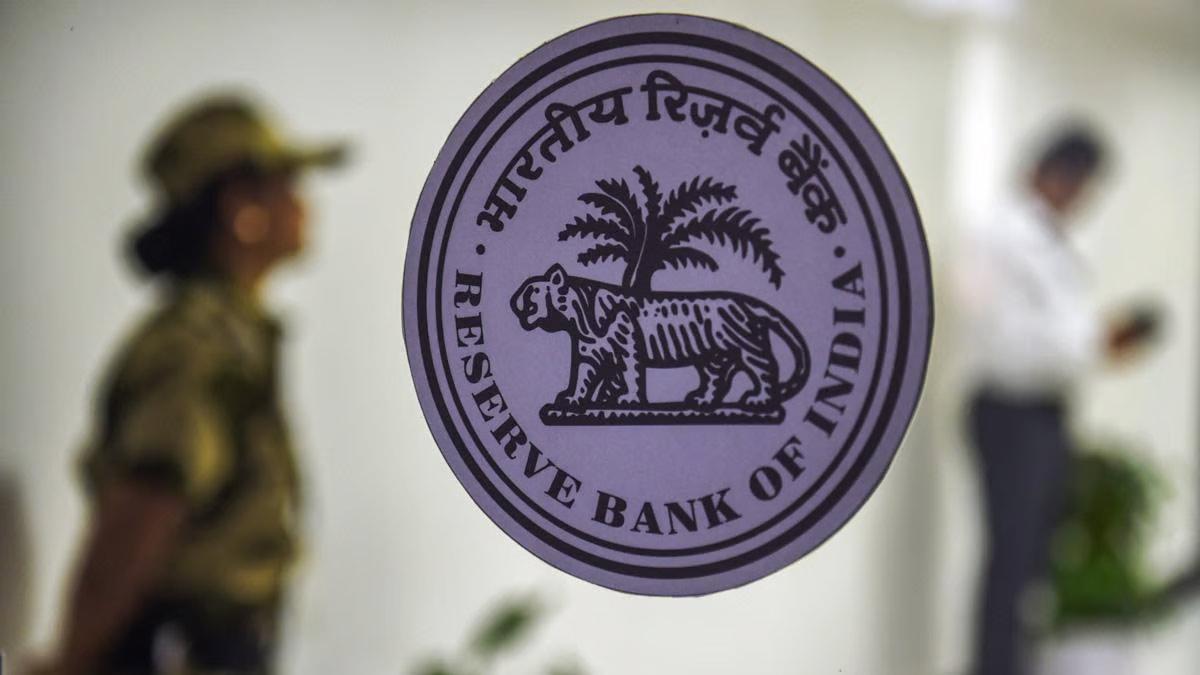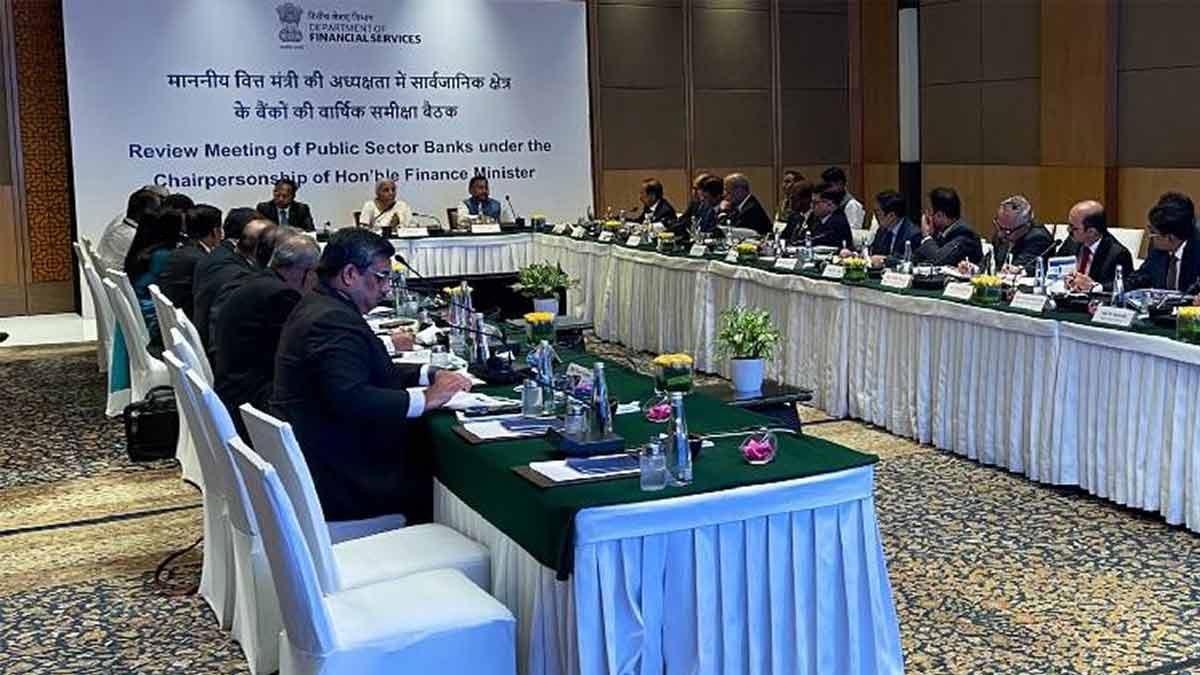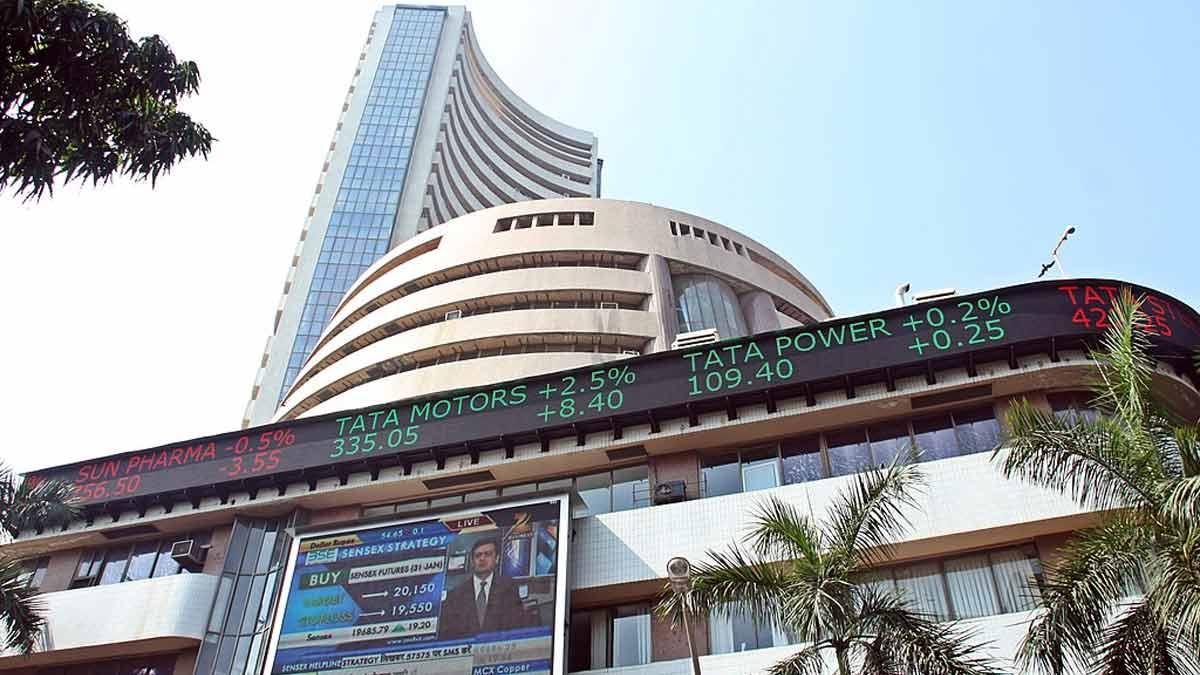India’s financial sector is poised for continued resilience, bolstered by structural improvements and robust economic growth prospects, according to the S&P Global Ratings 2025 banking outlook.
"We expect asset quality to stabilize, with weak loans in the banking sector forecasted to decrease to about 3.0% of gross loans by March 31, 2025. Underpinned by healthy corporate balance sheets and strengthened risk management, this positive trend continues, said Deepali Seth-Chhabria, Analyst at S&P Global Ratings.
While underwriting standards for retail loans remain strong and delinquencies manageable, the rapid growth of unsecured personal loans could introduce some risks.
S&P Global expects loan growth to slightly outpace nominal GDP, especially in the retail segment. However, deposit growth may lag, which could impact credit-to-deposit ratios.
The rating agency said credit costs are likely to normalise from a decade-low of 0.8 per cent in fiscal 2024 to a range of 0.8 per cent-0.9 per cent. Nevertheless, profitability should remain strong with returns on average assets likely to be around 1.2 per cent in fiscal 2025, she further pointed out.
The intensified oversight of the Reserve Bank of India, which has a strong focus on compliance and governance, may increase the costs of compliance but will enhance financial stability in the long run. Overall, the outlook for India's financial sector is steady as it moves with these changing dynamics, the report added.
A recent RBI report has also stated that the Indian financial system remains resilient and is gaining strength from broader macroeconomic stability.
The banking sector is well-capitalised and its unclogged balance sheet is reflective of higher risk absorption capacity while the NBFC sector and the Urban Cooperative Banks also continue to show improvements, according to the report.
RBI Deputy Governor M. Rajeshwar Rao earlier this month said that the Insolvency and Bankruptcy Code has played a critical role in improving bank asset quality and facilitating substantial pre-admission settlements of underlying debts of over Rs 10 lakh crore since it was first introduced in 2016. That's helping strengthen banks.
Read also| Bangladesh's Forex Reserves Fall to $18.61 Billion
Read also| RBI Receives Bomb Threat in 'Russian' Language, Second Incident in a Month


















